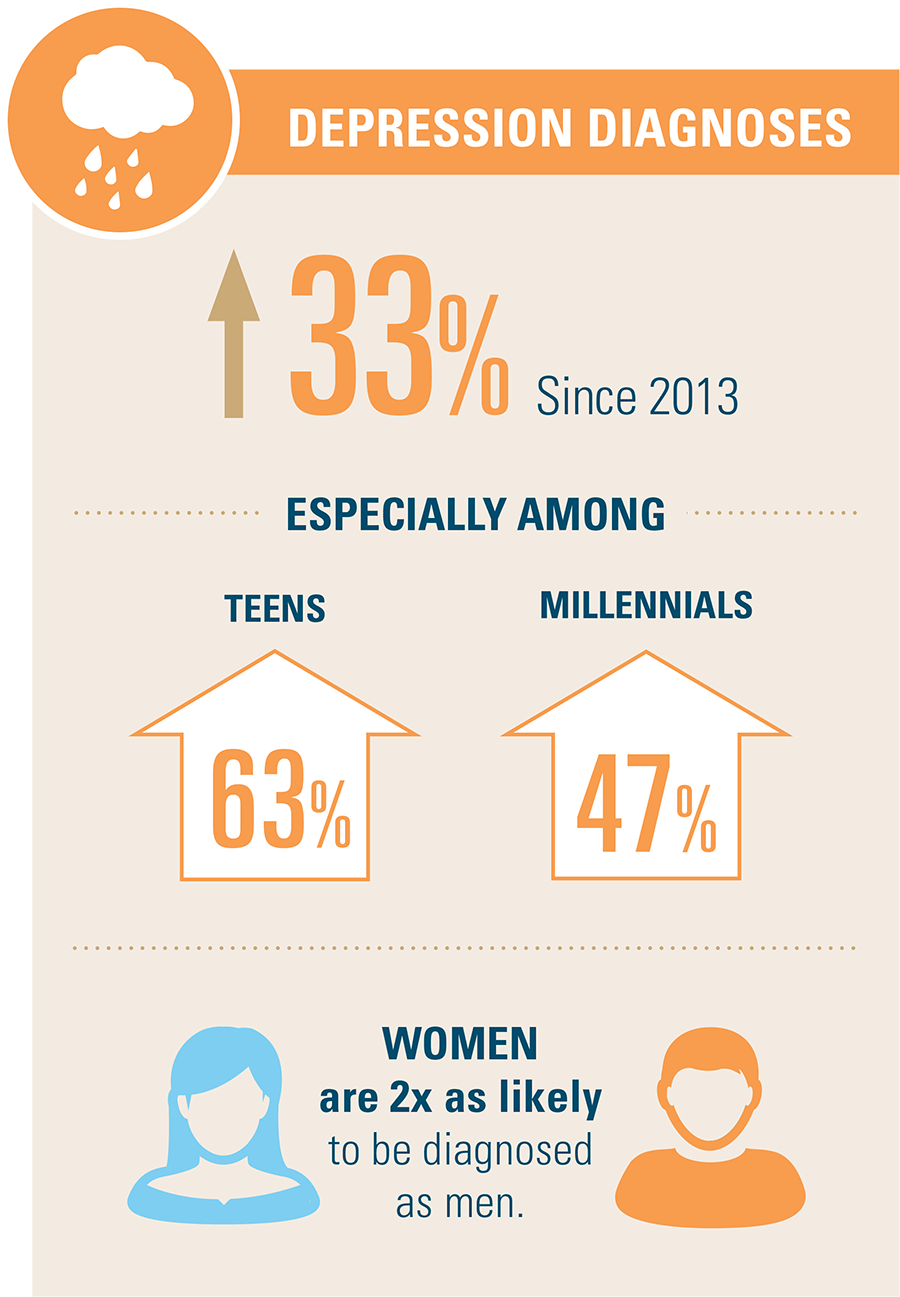Boosting Neighborhood Medical Care Via Community Partnerships And Readily Available Resources Showcases A Dynamic Method For Boosting Health Care Delivery

Staff Writer-Jochumsen Jacobsen
When it involves boosting health care services locally, using neighborhood resources and assistance is key. Visualize a network of interconnected organizations and groups collaborating to improve healthcare gain access to and high quality in your location. From health departments supplying essential information to non-profits offering specialized services, each entity adds to a much healthier neighborhood. But exactly how precisely do these partnerships unfold, and what strategies prove most efficient in leveraging these sources for optimum influence? Let's explore the elaborate internet of community assistance and its extensive ramifications on health care services.
Importance of Community Engagement
Engaging with the community is important for cultivating a feeling of cooperation and depend on within regional medical care solutions. By proactively entailing area members in decision-making procedures, doctor can better recognize the distinct requirements and obstacles encountered by the populace they offer. When health care services are established in appointment with the neighborhood, they're most likely to be efficient and popular.
Area interaction additionally plays a vital role in promoting wellness education and preventive treatment efforts. By developing solid connections with local citizens, healthcare providers can more effectively connect crucial health information and encourage healthy habits within the neighborhood. This proactive technique helps stop diseases and advertises overall health among neighborhood members.
Moreover, community interaction cultivates a feeling of ownership and responsibility among healthcare providers. When the community is associated with forming healthcare services, service providers are most likely to be receptive to the requirements and preferences of the population they offer. This collective method eventually causes much more patient-centered treatment and enhanced wellness outcomes for the community overall.
Key Area Resources
To properly improve primary care services in your area, identifying and leveraging key community resources is necessary. These resources can include local wellness departments, area university hospital, charitable companies, and volunteer teams. Local health and wellness departments typically provide valuable information, expertise, and support for public health initiatives.
Neighborhood health centers offer essential medical solutions to underserved populaces, adding to overall area health. Charitable organizations play a crucial role in dealing with certain health demands, such as mental health assistance or chronic illness monitoring. Volunteer groups can provide extra manpower and assistance for health-related events or programs.
Colleges and universities are additionally substantial community resources that can offer health and wellness education programs, research study collaborations, and access to trainee volunteers. Faith-based organizations might give spiritual and emotional support, along with resources for community members in need. By teaming up with these vital area sources, medical care carriers can boost accessibility to care, attend to health differences, and boost general neighborhood wellness.
Approaches for Cooperation
Think about leveraging existing connections and networks within the area to develop effective strategies for collaboration. By taking advantage of well established connections, you can enhance communication and coordination in between various companies and people.
Start by identifying crucial stakeholders who share a common passion in improving health care solutions in your area. Involve with Nutrition Counseling to develop a shared vision and established clear objectives for cooperation.
Create a communication strategy that outlines how details will be shared, conferences set up, and progression tracked. Make Personalized Medicine of innovation such as common on the internet systems or team messaging apps to facilitate easy interaction.
Regularly evaluate the performance of your cooperation strategies and be open to making changes as required.
Establishing formal arrangements or Memorandums of Comprehending (MOUs) with companion organizations can help make clear functions, duties, and assumptions. These contracts can also address prospective difficulties in advance, making sure a smoother partnership procedure.
Final thought
In conclusion, area resources and assistance are essential for boosting primary care solutions locally.
By involving with crucial stakeholders and collaborating with various companies, medical care carriers can much better satisfy the requirements of underserved populaces and promote community well-being.
By working together, we can ensure that everyone has accessibility to high quality healthcare and assistance solutions within their local area.

